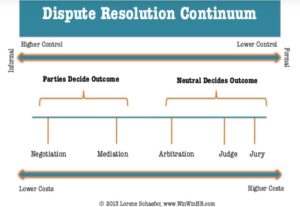Bullet journals are a flexible and customizable organization system that combines elements of a planner, diary, and to-do list. Here’s an overview of what bullet journals are and how to use them:The core concept of bullet journaling involves:
- Rapid logging: Using short bullet points to quickly capture tasks, events, and notes.
- Indexing: Creating an index at the front of the journal to easily locate information.
- Collections: Grouping related items together on dedicated pages.
- Migration: Moving unfinished tasks forward to stay organized.
To start a bullet journal:
- Get a blank notebook, preferably with dotted pages.
- Create an index at the beginning.
- Set up a future log to record upcoming events and tasks.
- Create monthly and daily logs to track tasks and events.
- Use different bullet symbols to indicate the status of tasks (e.g., • for tasks, X for completed tasks, > for migrated tasks).
Key components of a bullet journal often include:
- Monthly and weekly spreads for planning
- Habit trackers
- Mood trackers
- Goal-setting pages
- Collections for specific topics or projects
The beauty of bullet journaling lies in its flexibility. You can customize it to fit your needs, adding or removing elements as you see fit. It’s not just for organization; many people use it for creative expression, self-reflection, and personal growth.Unlike pre-made planners, bullet journals allow you to create your own layouts and adapt them as your needs change. This flexibility makes it a versatile tool for managing tasks, tracking habits, and achieving goals
5.Remember, there’s no “right” way to bullet journal. The key is to experiment and find a system that works best for you.


